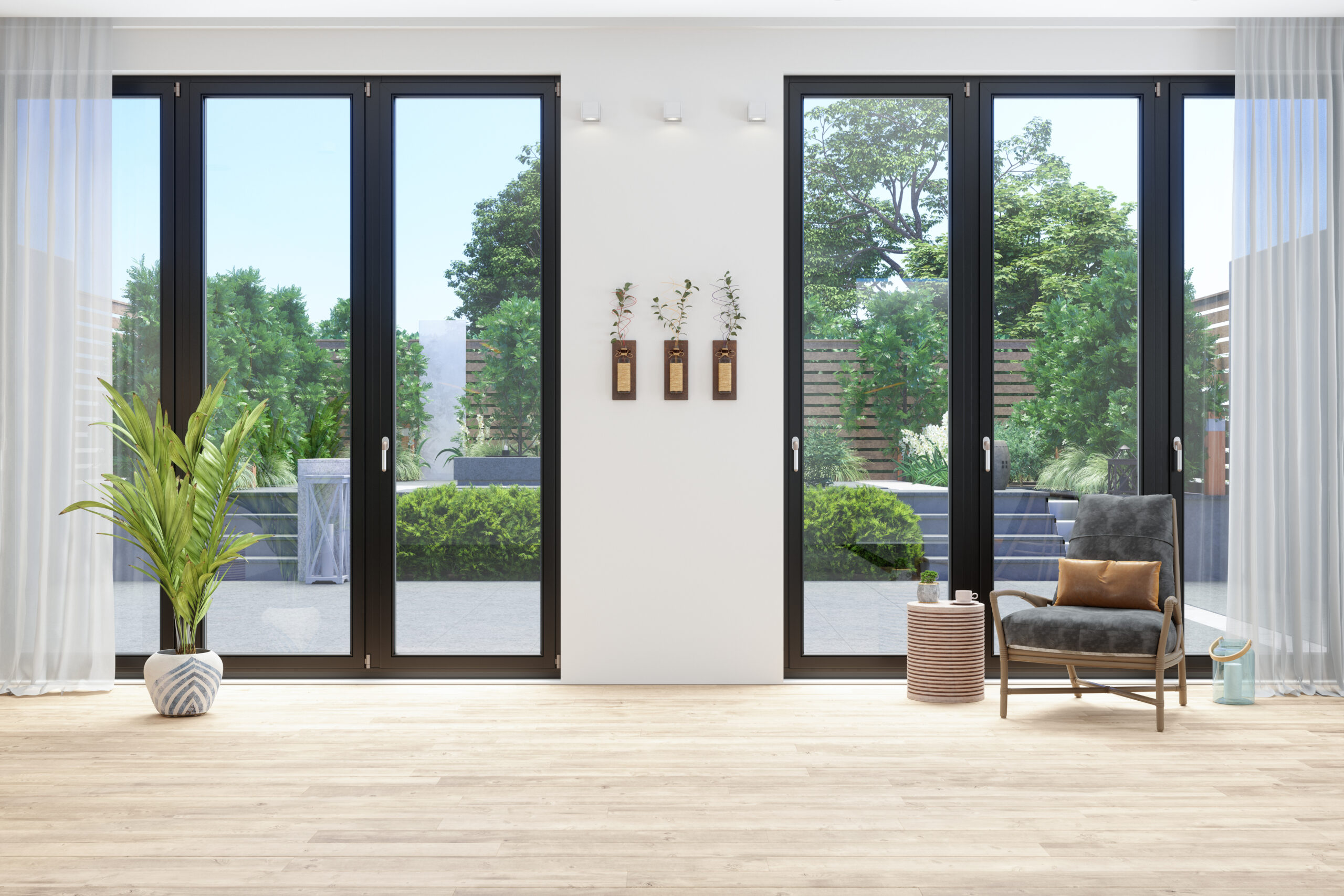Natural light isn’t just a beautiful feature in home design; it’s essential for our well-being and can significantly impact our living spaces. This article explores the numerous benefits of daylight in the home and provides practical strategies to maximize natural light throughout your living areas. From simple adjustments to more substantial renovations, you’ll discover effective ways to brighten dark rooms and create a more uplifting, energy-efficient environment.
Why Natural Light Matters
The benefits of daylight in your home extend far beyond aesthetic appeal. Natural light has been scientifically proven to boost mood and productivity while reducing stress and anxiety. When we increase sunlight indoors, our bodies produce more vitamin D, which supports immune function and overall health. Additionally, homes that maximize natural light typically use less artificial lighting, resulting in lower energy bills and a reduced carbon footprint.
Beyond these health and environmental benefits, natural light makes interior spaces appear larger and more inviting. Colors appear truer and more vibrant in natural light, and architectural details are highlighted in ways artificial lighting simply cannot replicate. Real estate experts at AskHomey also note that homes with abundant natural light tend to sell faster and at higher prices than their darker counterparts.
Assessing Your Current Light Situation
Before implementing solutions to brighten dark rooms, take time to understand your home’s current lighting patterns. Observe how sunlight moves through your space throughout the day and across different seasons. South-facing rooms typically receive the most consistent light, while north-facing spaces may struggle to capture direct sunlight. East-facing rooms enjoy morning brightness, and west-facing areas benefit from afternoon and evening illumination.
Pay attention to what’s blocking potential light sources. Exterior obstacles like nearby buildings or trees may limit the sunlight reaching your windows. Inside, furniture placement, heavy window treatments, or dark wall colors might be absorbing rather than reflecting the available light. This assessment provides the foundation for developing an effective strategy to maximize natural light in your specific situation.
Simple Solutions to Increase Natural Light
You don’t need a major renovation to significantly brighten dark rooms. Start with window treatments—replace heavy drapes with sheer curtains or blinds that can be fully opened during daylight hours. When privacy isn’t a concern, consider leaving windows completely uncovered to maximize light penetration.
Strategic mirror placement can dramatically increase sunlight indoors. Position mirrors on walls opposite windows to reflect and amplify the available light throughout the room. Choose mirrors with minimal frames in lighter colors to enhance this effect. Similarly, selecting light-colored, reflective paint for walls and ceilings helps bounce light around the room rather than absorbing it.
Furniture placement also impacts light distribution. Arrange larger pieces away from windows and opt for furniture with lighter finishes and more delicate profiles that won’t block light pathways. Consider glass or acrylic tables and open shelving instead of solid bookcases to allow light to filter through your space more effectively.
Structural Changes for Maximum Impact
For those willing to make more significant investments, structural modifications can transform how light enters your home. Enlarging existing windows or adding new ones in strategic locations can dramatically increase natural illumination. Consider window styles that maximize glass area, such as picture windows or casements, rather than smaller double-hung varieties.
Skylights and solar tubes represent excellent solutions for interior rooms or spaces where traditional windows aren’t feasible. These overhead light sources can introduce natural brightness to previously dark areas like hallways, bathrooms, and closets. Modern skylights often include remote-controlled shades and rain sensors, making them both practical and convenient.
For a truly transformative approach, consider removing non-load-bearing walls or replacing solid doors with glass alternatives to allow light to flow between spaces. Interior transom windows above doorways can likewise help sunlight penetrate deeper into your home without sacrificing privacy or structural integrity.
Maintaining Light Without Sacrificing Comfort
While the goal is to maximize natural light, balance is important. Too much direct sunlight can create glare, fade furnishings, and increase cooling costs during summer months. Consider installing window films that block UV rays without significantly reducing light transmission. These films protect your furnishings while still allowing you to enjoy the benefits of daylight home environments.
Adjustable window treatments provide flexibility throughout the day. Motorized blinds or smart shading systems can be programmed to automatically adjust based on the sun’s position, optimizing light while minimizing heat gain or loss. These technologies allow you to increase sunlight indoors during cooler morning hours while providing protection during intense midday exposure.
Strategic landscaping can also help manage light levels. Deciduous trees planted outside south or west-facing windows provide shade during summer while allowing sunlight to penetrate during winter months when their leaves have fallen. This natural approach to light management works with the seasons to create comfortable, well-lit interiors year-round.
For more tips and to connect with reliable home service professionals, follow AskHomey on Facebook and Instagram.



